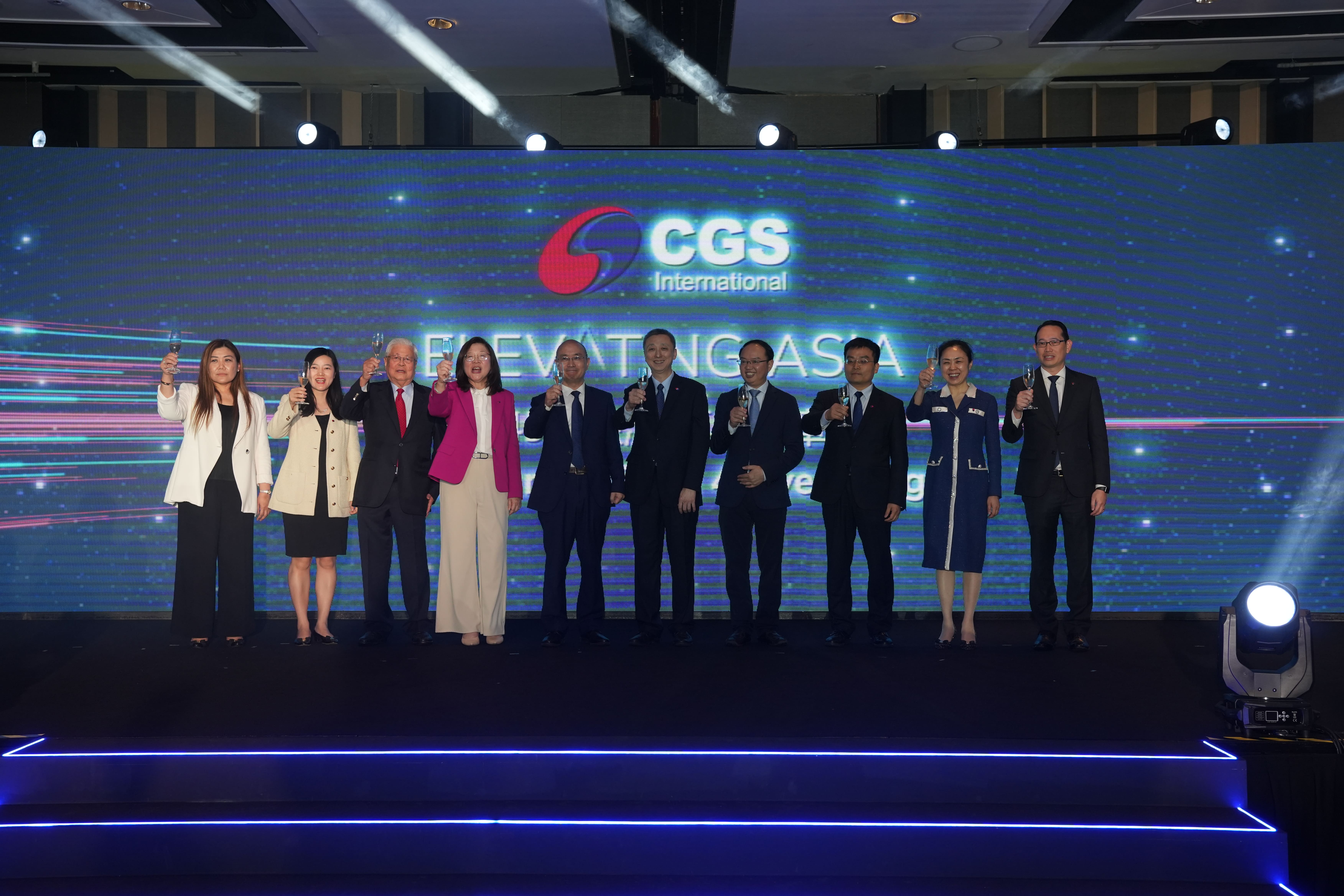The Trade Finance Distribution (TFD) Initiative – an industry-led initiative to make trade finance an investable asset class – released a whitepaper on March 7 discussing the potential for the originate-and-distribute model to transform the trade finance sector and reduce the US$1.5 trillion gap between the demand and supply of trade finance (known in the industry as the “trade finance gap”).
The TFD Initiative, powered by Tradeteq’s trade finance platform, currently counts 13 premier trade finance banks and institutional investors as members. It aims to address the business and regulatory issues impacting banks and non-bank financial institutions by developing consensus-built standardised best practices for the wider distribution of trade finance assets.
The whitepaper is titled “The end of balance sheet lending? Originate and distribute for trade finance capacity”. The paper includes contributions from leading global trade finance banks and has been published in collaboration with ITFA, ICC United Kingdom and Tradeteq. Explored in the paper, is the impact of post-2008 banking regulation on the trade finance industry – arguing that the introduction of non-bank capital is key to helping resolve the sector’s financing gap.
“The use of the originate-and-distribute model has typically been limited to inter-bank risk sharing,” says Christoph Gugelmann, CEO and co-founder of trade finance distribution platform Tradeteq. “However, technological developments have now made it possible to involve non-bank investors and bring them into the trade finance sector. Originate-and-distribute should be the go-to solution for banks. If we can get there, the days of sole balance sheet dependency may well be over.”
The paper further highlights the model as “a brilliant solution to handle capital constraints without restricting trade finance availability for clients the world over”. Indeed, the use of technology platforms – such as Tradeteq’s – is enabling trade finance to be implemented on a much broader and automated scale.
In turn, three conditions are necessary for the full funding capacity of the investor market to be unlocked:
• The development of investment automation to streamline processes and ensure eligibility criteria and portfolio guidelines are met. This will support investors in making sound decisions in the trade finance sector, even without specific expertise.
• The application of artificial intelligence solutions to help evaluate risk exposure and deliver advanced credit analytics, by using multiple data-sets to improve the quality and timeliness of credit event prediction.
• The collaboration between banks and fintechs: the former capitalising on its existing infrastructure, network and lending capacity, the latter making standardisation possible through technology. The more information is shared between stakeholders, the more transparency will be created in the market.









